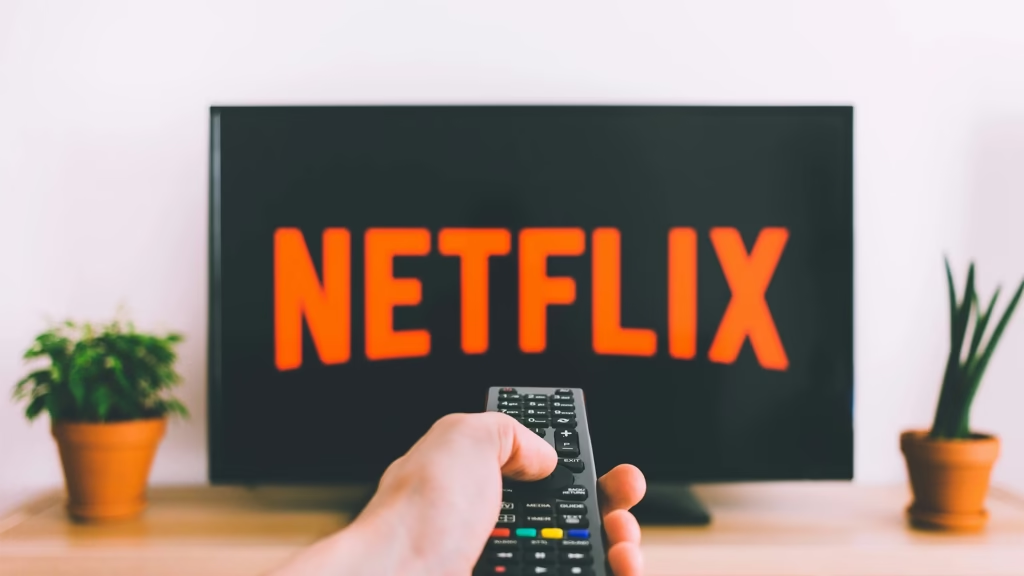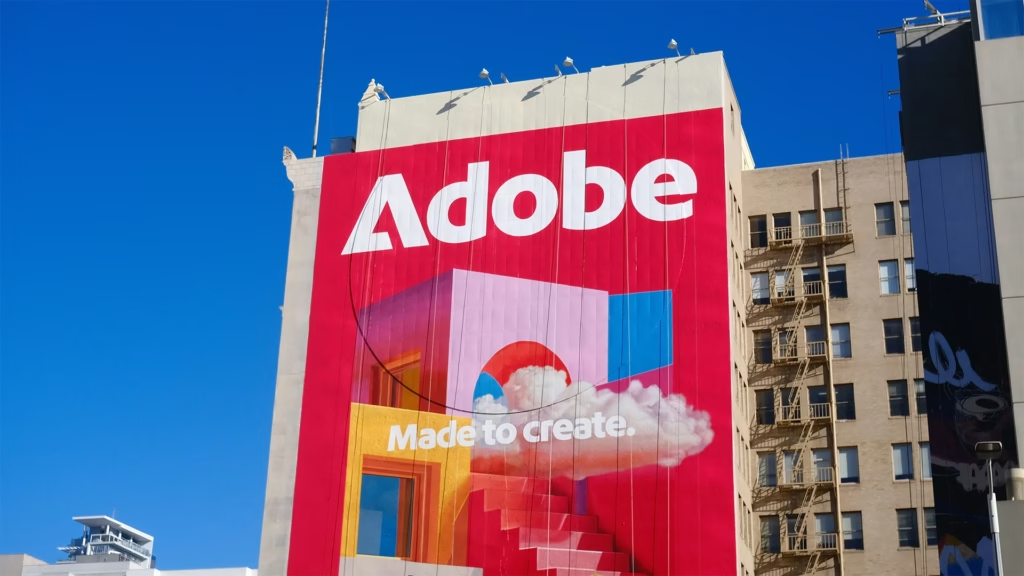Netflix’s journey from a DVD rental service to the world’s leading streaming giant is one of the most compelling stories in modern business strategy. At the heart of this transformation lies a single weapon: data. Unlike traditional broadcasters that relied on intuition and broad demographics, Netflix used granular insights to reimagine how people discover and consume entertainment.
By turning every interaction into a data point, the company built a recommendation system that not only keeps viewers engaged but also reduces the risk of cancellations. What may feel like effortless browsing on your homepage is in fact the result of years of research, algorithms, and continuous testing. Netflix’s ability to predict what you’ll watch next has become its defining competitive advantage.
Setting the Goal: Engagement Over Clicks
From the very beginning, Netflix knew that clicks alone were not enough to measure success. The real challenge was getting people to stay on the platform and watch more content. Too much choice could overwhelm users, leaving them scrolling endlessly without committing to anything. This phenomenon, often called choice paralysis, was a serious obstacle. Netflix set out to remove that friction by helping subscribers land on the right show or movie as quickly as possible.
The company redefined its metrics for success around engagement and retention rather than superficial measures like views or clicks. If subscribers found something to watch within minutes and continued watching for hours, they were far less likely to leave the service. This focus made every design decision and every algorithm tweak point toward the same goal: keeping users entertained without unnecessary effort.
What made this approach stand out was its simplicity. Netflix realized that reducing frustration and saving people time was just as valuable as adding new content. By minimizing the time it took to move from browsing to pressing play, the platform created a smoother experience that encouraged longer viewing sessions.
Ultimately, engagement became Netflix’s North Star. The more people watched, the more data the company collected, which in turn improved recommendations and personalization. That feedback loop not only reduced churn but also reinforced Netflix’s position as a platform that feels tailored to each individual user.
Collecting and Interpreting the Signals
For Netflix, every action a user takes on the platform is a signal that adds to a larger story. Whether it is pausing midway, skipping after a few minutes, finishing a series in one sitting, or hovering over a title without pressing play, each behavior carries meaning. Even details like the time of day, the device being used, or whether it is a weekday or weekend help Netflix build a clearer picture of its audience. Over millions of subscribers, these small actions form a massive pool of information.
Yet raw data on its own would never be enough. What made Netflix stand out was its ability to interpret these signals in meaningful ways. Shows and films were broken down into granular elements, genres, recurring themes, lead actors, pacing styles, and even the emotional tone of a story. By mapping these details against user habits, Netflix could begin to understand not just what people watched, but why they watched it.
The system also accounted for context, recognizing that a subscriber streaming on a phone during a morning commute might be looking for short, easy-to-follow content, while the same subscriber at home in the evening could prefer a longer, more immersive experience. This sensitivity to circumstance allowed Netflix to recommend titles that felt relevant to the moment, not just to long-term viewing history.
By translating basic activity logs into nuanced insights, Netflix turned passive interactions into actionable intelligence. This approach helped transform a sea of raw numbers into a living portrait of audience behavior, making its recommendation engine far more accurate than anything traditional television could ever achieve.
Building the Recommendation Engine
Matching People to Content
Netflix used its massive data library to create what can be described as detailed taste maps. These maps connected individual viewing habits with shows that matched not only in genre but in deeper qualities such as pacing, tone, and themes. The familiar prompt “People like you also watched…” became one of the platform’s most effective tools, making the experience feel personalized and intuitive. For new users with little or no history, Netflix leaned on general popularity signals and quick onboarding questions to immediately generate meaningful suggestions, reducing the friction that often comes with starting on a new platform.
What made this system effective was its ability to adapt and evolve over time. As subscribers continued to watch and interact, the recommendations grew sharper, reflecting not just static preferences but changing moods and interests. This continuous learning gave the platform a level of accuracy that felt almost instinctive, ensuring that users rarely ran out of relevant choices.
Ranking and Prioritizing Choices
Having a long list of recommendations wasn’t enough, Netflix needed to decide which titles deserved the spotlight. To solve this, the platform ranked shows and films by how likely a subscriber was to play and finish them. A title that matched both a user’s immediate mood and long-term tastes would naturally rise to the top. But to avoid fatigue, the system balanced the mix, ensuring that even dedicated fans of a single genre weren’t overwhelmed with repetitive content.
This balancing act was crucial in keeping users engaged over the long run. Instead of presenting a flat list of rom-coms to someone who loved comedy, Netflix strategically introduced variety, slipping in thrillers, documentaries, or dramas that matched the same viewing patterns. By blending short-term cravings with broader preferences, Netflix created an experience that was both satisfying and surprising, keeping viewers curious about what would appear next.
Designing the Storefront
Personalization went beyond just the content, it extended to how the platform presented itself to each subscriber. Thumbnails, for example, were tailored to emphasize different elements of a show or film. If a user tended to click on content because of a favorite actor, that actor would be featured prominently in the image. For others, a dramatic scene or emotional moment might be highlighted to capture attention.
The interface itself was also fluid. Rows such as “Because You Watched…” or “Top Picks for You” weren’t static; their order and composition shifted depending on each user’s profile. Even features like previews and autoplay trailers were carefully tested and adjusted to maximize engagement. The result was an experience that felt natural and effortless, even though it was powered by one of the most complex personalization systems in digital entertainment.
Constant Learning and Experimentation
Netflix’s success with recommendations did not come from building a system once and leaving it untouched. The platform operates as a living experiment, constantly testing how users respond to new layouts, algorithms, and features. A/B testing became the backbone of this approach, where even small changes, like the placement of a row or the design of a thumbnail, were carefully measured to see their impact on viewing time and satisfaction.
What made this experimentation powerful was the scale at which it was done. Every adjustment was tested across millions of users, generating real-world insights rather than relying on assumptions. Failures weren’t viewed as setbacks but as opportunities to refine strategy. Each experiment fed into the next, creating a cycle of continuous improvement that kept the system sharp and relevant.
This mindset extended beyond recommendations to influence broader business decisions. Data-driven testing helped shape which shows Netflix commissioned, how they marketed Originals, and even when episodes or films were released. By treating every decision as a testable hypothesis, Netflix ensured that its strategy was always evolving in step with its audience.
Beyond Recommendations: Content Strategy Shaped by Data
Netflix’s use of data goes far beyond just helping users pick their next show. The insights gathered from viewing behavior have become the foundation for billion-dollar content decisions. By identifying clusters of interest, Netflix learned which genres were underserved and where opportunities lay for Originals. This is how shows like Stranger Things or Money Heist came to dominate global culture, they weren’t just creative bets, they were informed by patterns that revealed what audiences craved. Regional data also guided where to invest in dubbing, subtitling, or producing localized content, allowing Netflix to scale its global presence while still feeling personal in every market.
Timing, too, was heavily shaped by data. Netflix adjusted release schedules to align with cultural moments, weekends, and holidays when engagement was highest. This ensured not only strong premieres but sustained viewership over time. By grounding decisions in audience behavior rather than instinct alone, Netflix transformed from a distributor into a studio that creates with precision. This data-first approach reshaped the entertainment industry, proving that storytelling and analytics, when combined, can set new standards for success.
Conclusion: The Future of Entertainment is Data-Driven
Netflix has shown that the future of entertainment belongs to companies that treat data not as a byproduct but as a core asset. By understanding viewers on a granular level, it has managed to create a platform that feels intuitive and personal for each subscriber. The success of this approach is evident not only in its dominance over traditional broadcasters but also in how it has redefined what audiences expect from digital experiences. Viewers now want content that feels curated for them, not chosen from a static catalog.
This shift has set the standard for the entire industry. Competitors from Disney+ to Amazon Prime are racing to replicate Netflix’s data-driven model, but few have executed it with the same depth. By turning analytics into engagement, and engagement into loyalty, Netflix has rewritten the rules of media. The lesson is clear: in a world flooded with choice, the winners will be those who can harness data to make every interaction seamless, relevant, and unforgettable.



